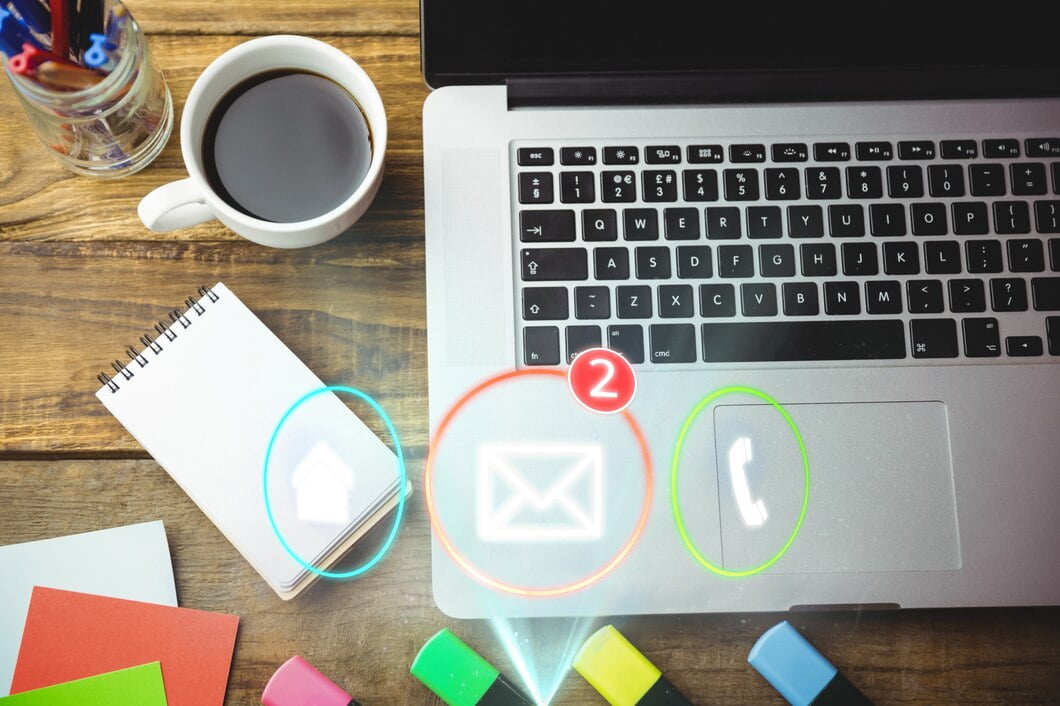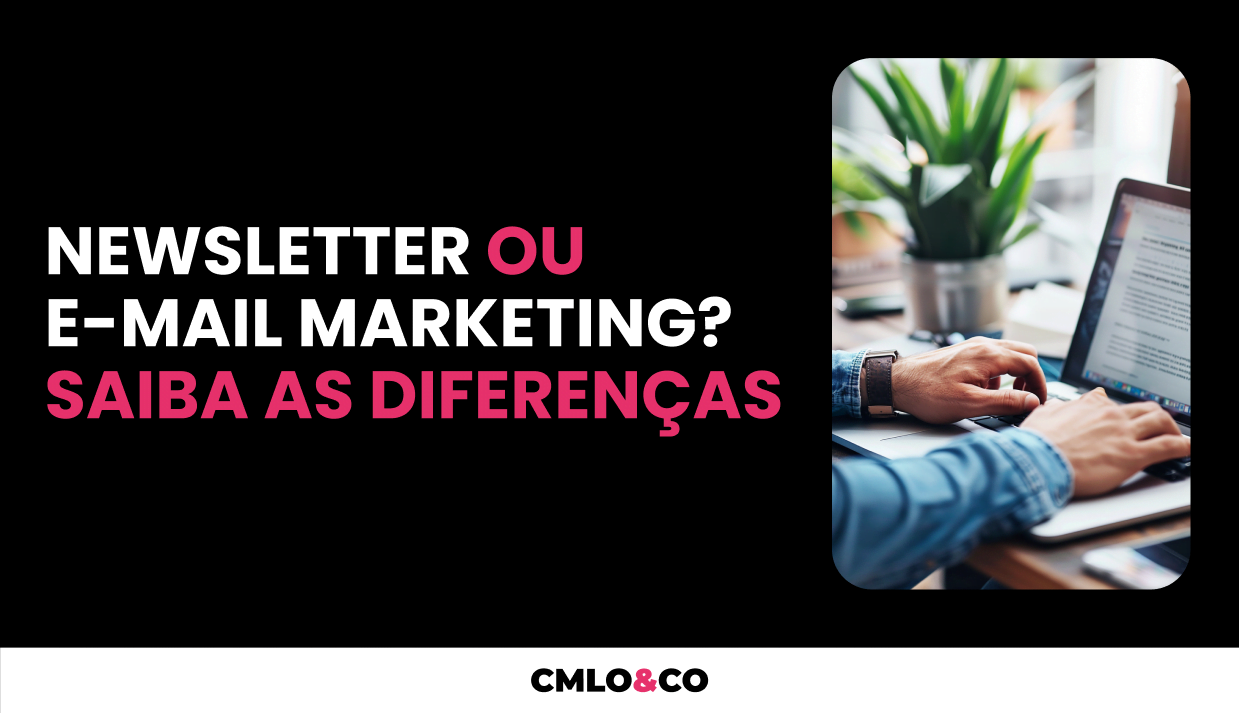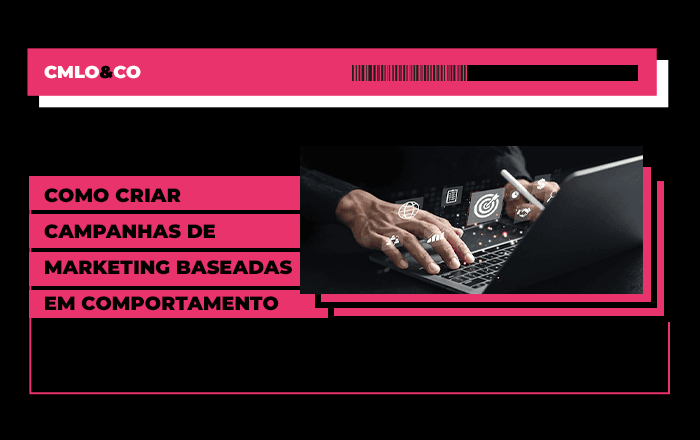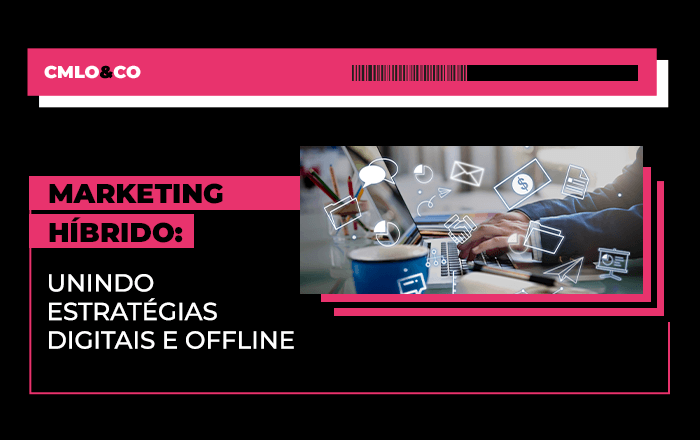In today's digital world, establishing effective customer communication is vital to the success of any business. In this context, two powerful tools become fundamental to achieving this goal: email marketing and the newsletter. Both are digital marketing strategies, but they have different characteristics. Do you know the difference between them?

If you don't know, we recommend that you continue reading this article to the end. In it, you'll learn about the differences between these two strategies and when it's best to use them to communicate effectively with your audience. Follow along!
What is e-mail marketing?
The e-mail marketing is a powerful and versatile communication tool that allows companies to send personalized messages directly to the inbox of their customers and potential customers.
But what really makes email marketing such an effective strategy and one that many marketers prefer?
To begin with, the strategy is much more than simply sending emails. In fact, it's a sophisticated form of direct marketing that combines technology, data analysis and creative design to deliver messages that not only inform, but also engage and motivate the recipient to take action.
Whether that action is making a purchase, registering for an event, or simply learning more about a topic or product, email marketing is a smart choice for anyone who wants to communicate effectively with their audience.
Objectives
The main purpose of email marketing is to boost sales, as its content is usually promotional. Of course, nothing prevents it from being informative, as long as it is engaging and valuable to the recipient.
The aim is to create a connection with the reader, encouraging them to continue interacting with the brand. However, the strategy also has other objectives:
- Increase customer loyalty;
- Re-engage inactive customers;
- Obtain feedback from customers;
- Communicate company updates.
Benefits
- Cost-effective: compared to other forms of marketing, email marketing is relatively inexpensive, as it uses email as a means of commercial or informational communication.
- Segmentation: allows you to segment your target audience based on demographic and behavioral data, among others. This means you can create campaigns that speak directly to the interests and needs of different groups within your customer base, significantly increasing the chances of conversion.
- Measurement: facilitates the analysis of results through metrics such as opening rates, clicks and conversions. This data is crucial to understanding what works and what doesn't, allowing for real-time adjustments to optimize campaign performance.
- Customer journeyFrom awareness to consideration, decision and post-purchase, emails can be customized to meet the customer's needs at every touchpoint. This helps to build a lasting, trusting relationship between the company and the customer, which is the basis for long-term success.
What is a newsletter?
A newsletter is a type of e-mail sent regularly (weekly, monthly) to subscribers, containing information and updates about the company, products or services.
In essence, it is more informative than promotional and seeks to maintain an ongoing relationship with the reader. In other words, it is an extension of a brand's identity and a vital tool for maintaining an ongoing dialog with customers.
Objectives
The newsletter offers a unique opportunity to share valuable content and build a community around common interests. Its main objectives are:
- Educating the public about the brand or company;
- Establish authority in the market;
- Maintaining engagement with the customer base.
Benefits
Let's find out what makes the newsletter a fundamental part of a company's content marketing strategy.
- Knowledge sharing: unlike email marketing, whose focus is often on direct conversion and sales promotion, the newsletter aims to educate and engage readers, providing them with value through informative and engaging content.
- Personalization and segmentation: while email marketing can be highly personalized to individual consumer behavior, newsletters generally target broader but still relevant interests to keep the content attractive to all subscribers.
- Frequency and consistency: the frequency of sending a newsletter is crucial. Whether it's weekly, fortnightly or monthly, maintaining a consistent schedule helps build a habit in readers' minds. They begin to expect and even look forward to the next edition, which increases engagement and strengthens the relationship with the brand.
- Rich and diverse content: this includes opinion articles, case studies, customer profiles, product updates, useful tips and even interactive content such as polls or quizzes. In addition, the visual design of the newsletter is just as important as the textual content. A clean layout, attractive images and easy navigation are essential to keep readers engaged and encourage them to read to the end.
- Measurement: the success of a newsletter can be measured in a number of ways, including open rates, clicks on links and direct feedback from readers. These metrics provide valuable insights into what works and what can be improved, allowing companies to adjust their content to better meet the needs and interests of their subscribers.

When to use each strategy?
Deciding between email marketing and a newsletter can seem like a choice between two paths that lead to the same destination: effective communication with your audience.
However, each strategy has its own particularities and ideal times for use. Let's understand when and how to use each of these powerful digital marketing tools:
E-mail marketing
Email marketing is the strategy of choice when the aim is to convert. It is the perfect tool for prompting immediate action from the recipient. Below are some situations in which its use is advantageous:
- Product or service launches: when you have something new and exciting to offer, email marketing can create a buzz and encourage immediate purchases;
- Special promotions: for seasonal sales or limited offers, email marketing can act quickly to inform customers and motivate action before the opportunity disappears;
- Events: be one webinar or a face-to-face event, email marketing can help increase participation by sending reminders and motivating registrants to get involved.
Remember: the key to success for email marketing is relevance and urgency. Messages must be targeted and timely, taking advantage of the right moment to maximize impact.
Newsletter
The newsletter is the ideal choice for nurturing long-term relationships with your customers and subscribers. In other words, it's less about immediate sales and more about building a solid foundation of trust and value. The following are moments when the strategy is the right choice:
- Education: when you want to educate your audience about your brand, products or industry, the newsletter provides a platform for rich, in-depth content;
- Community building: to strengthen the sense of community around your brand, the newsletter can share customer stories, success stories and other content that resonates on a personal level;
- Continuous engagement: keeping your brand in the minds of customers is essential, and the newsletter does this with regular updates that keep readers informed and connected.
The newsletter is about creating an ongoing dialog and providing constant value, which in turn can lead to conversions over time as the trust and relationship with the customer deepens.
How to implement e-mail marketing and newsletter strategies in companies?
Implementing email marketing and newsletter strategies in a company is not just about sending messages. It's about creating a narrative that resonates with the public and aligns with the brand's objectives. Here's how to apply these digital marketing strategies effectively in your business:
Know your target audience
The first step towards a successful email marketing and newsletter strategy is to understand who your target audience is.
This involves collecting demographic, psychographic and behavioral data to create customer personas that represent your ideal audience.
With this knowledge, you can customize your messages to meet the specific needs and desires of different segments.
Set clear objectives
Before launching any digital marketing campaign, it is crucial to define what you want to achieve.
Your objectives can range from increasing brand awareness, boosting sales, improving customer retention or educating your audience about a new product or service, but they need to be very clear.
With this, you can measure the success of your campaigns and adjust your strategies as necessary.
Create attractive and relevant content
Content is the heart of your email marketing campaigns and newsletters. It must therefore be engaging, informative and provide value to the reader.
The content can be about useful tips, industry insights, customer success stories or exclusive news about your products or services.
The important thing is that it is well written, visually appealing and reflects the voice of your brand.
Use an email automation platform
An email automation platform is essential for managing your email marketing campaigns and newsletters. After all, it allows you to create, send and monitor your messages efficiently.
What's more, automation can help you segment your audience, personalize messages and schedule them for the most opportune moments.
Test and optimize
Testing is a vital part of the process. Test different subject lines, email designs, calls to action and sending times to find out what generates the best response from your audience. Use the data collected to optimize your campaigns and continuously improve your engagement and conversion rates.
Measure the success of your email marketing and newsletter campaigns
Finally, use metrics such as open rates, clicks, conversions and return on investment (ROI) to evaluate the performance of your campaigns.
Analyze this data regularly to understand your audience's behavior and adjust your strategies to achieve better results.
Integrating e-mail marketing and newsletters into your company's communication strategy
The great thing about digital marketing is that you don't have to choose just one of these strategies. The intelligent integration of e-mail marketing and newsletters can take your communication to new heights.
For example, you can use email marketing to push a promotion and then follow up with a newsletter that provides in-depth information about the promoted products.
The good news is that CMLO&CO understands the synergy between email marketing and newsletters. Our approach is to help companies plan and execute these strategies in a complementary way, ensuring that each message is delivered accurately and effectively.
With our expertise, you can expect communication that not only achieves your objectives, but also resonates with your audience in a meaningful way. Talk to marketing and advertising experts and transform your company's communication.







